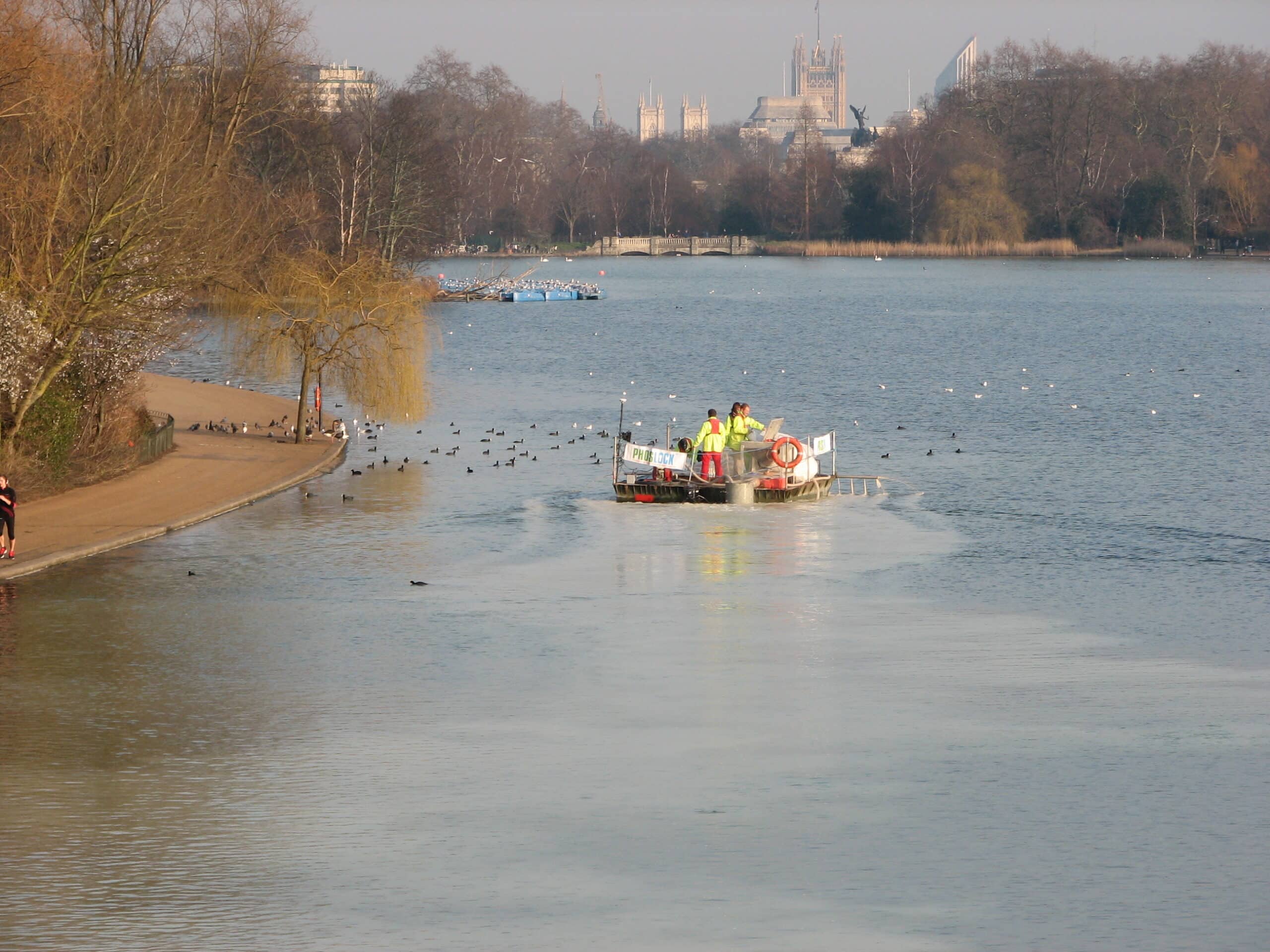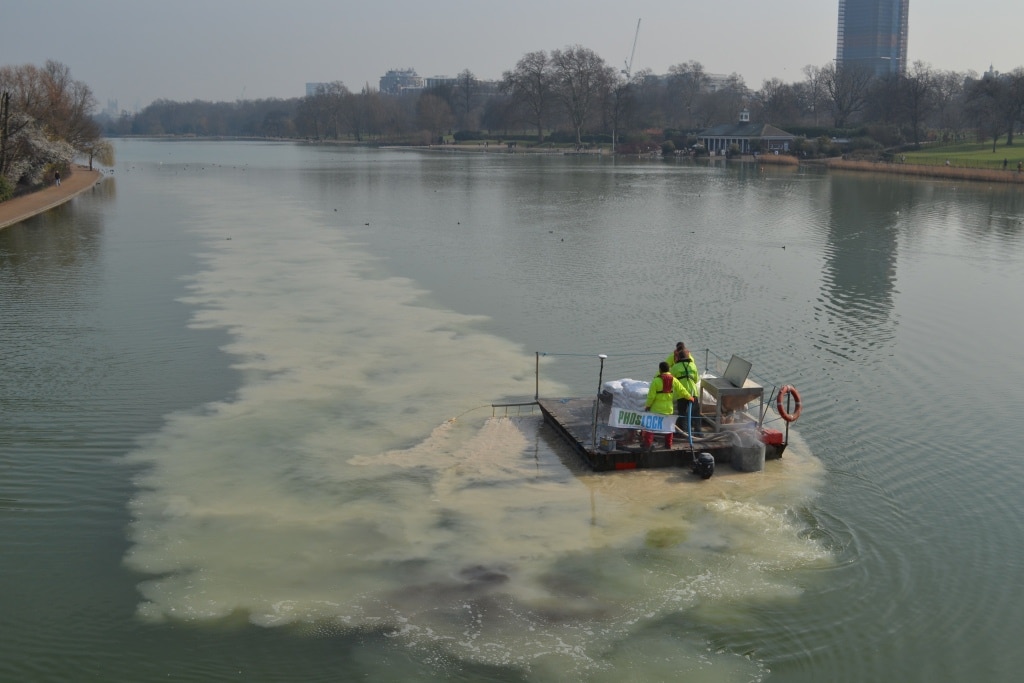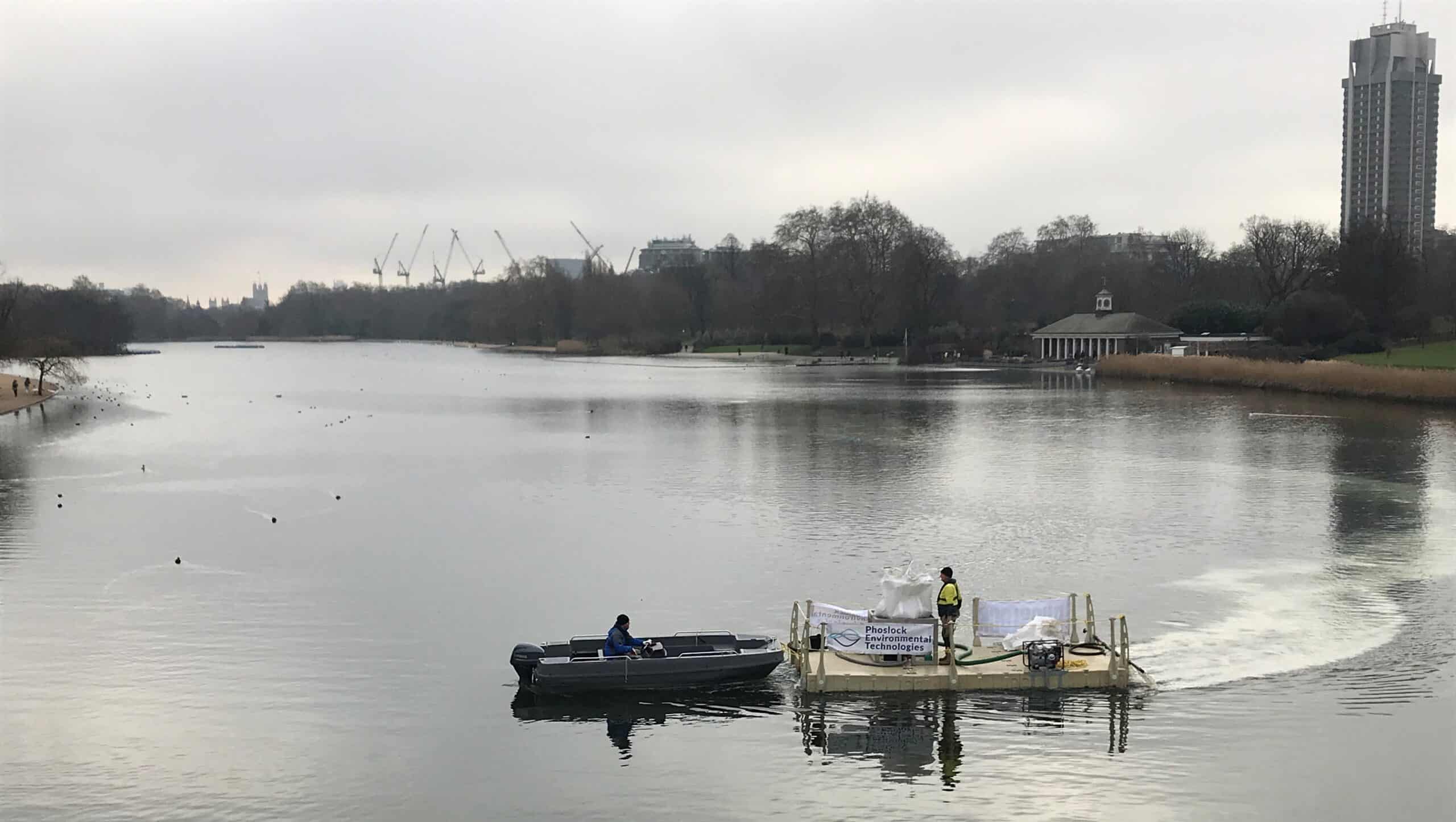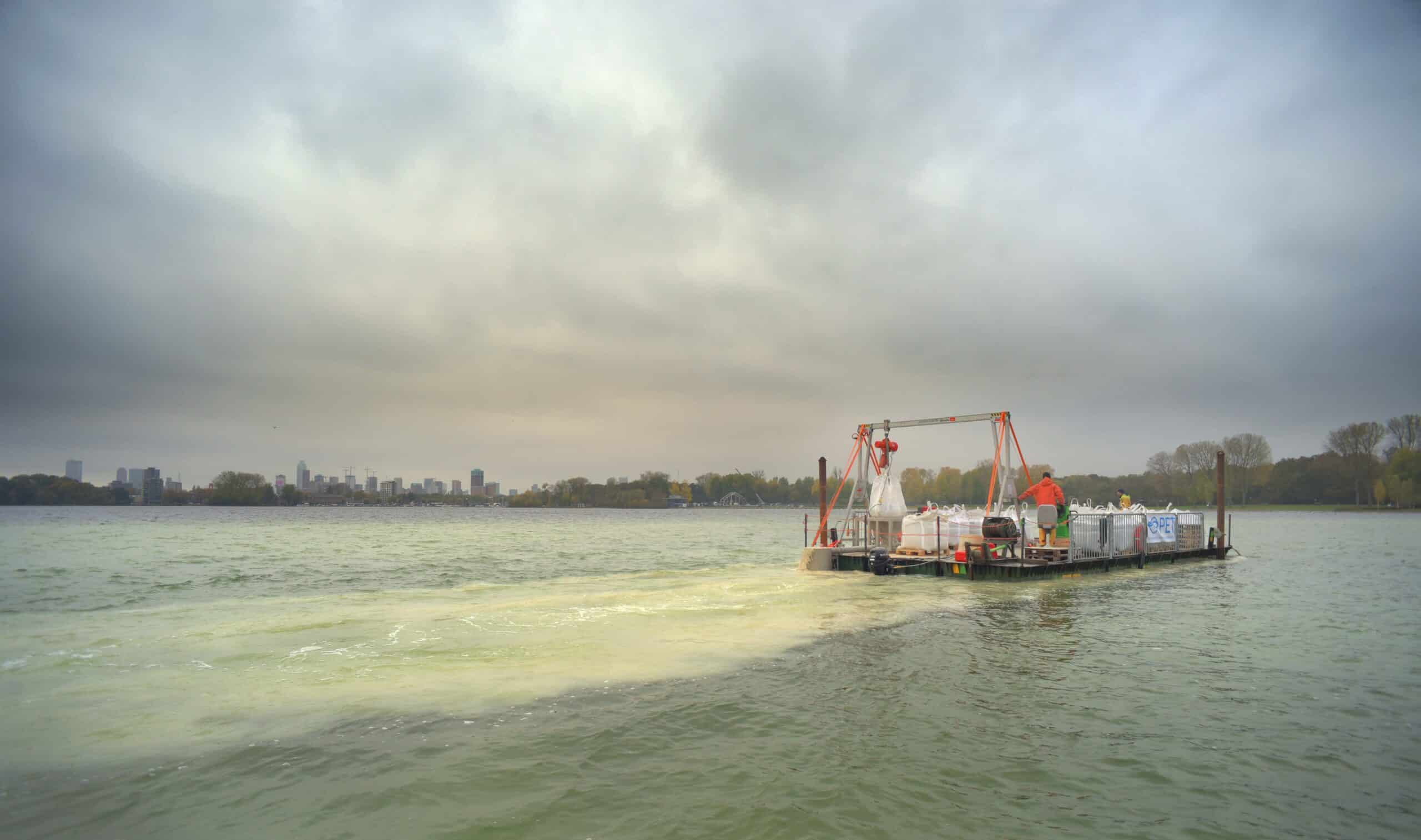About
The Serpentine is a recreational lake in Hyde Park, London, U K which was created in 1730 and takes its name from its snakelike, curving shape Although the lake only has one bend, the Serpentine commonly refers to the entire waterbody. Strictly speaking, however, only the eastern part of the lake is the Serpentine.
The western boundary of the Serpentine is marked by the Serpentine Bridge between Hyde Park and Kensington Gardens and the long and narrow western half of the lake is known as Long Water.
Water entering the lake has historically originated from several sources When the waterbody was established in 1730 the lake was at first fed by the River Westbourne and Tyburn Brook In the 1830 s the water was pumped from the River Thames Currently, the water is pumped from three boreholes in Hyde Park (with the third brought online during the restoration in 2011 12 Prior to the use of boreholes the lakes turnover was 10 years, however the turnover time is now 4 5 months
The waterbody is primarily used for boating but was also used for the triathlon and marathon swimming events in the London 2012 Olympics Phoslock was applied in order to reduce the amount of phosphate in the water column and released from the sediments to
improve water quality leading up to the Olympics.
An art installation on the lake in 2018 led the Royal Parks to monitor the water quality pre and post installation in order to understand how the system has developed in recent years and if there was any impact on water quality from the installation Phoslock was re-applied
in February 2019 to further reduce phosphate concentrations which had begun to increase following the previous treatment.
The Treatment
Water and sediment samples were taken prior to both applications and intermittently between 2013 and 2019. Water samples were taken to assess the phosphorus concentrations in the water column and sediment samples were taken to understand how much potentially releasable phosphorus could be released under the varying environmental conditions in the lake.
From this, an effective dose was calculated and Phoslock was applied to the Long Water and the Serpentine in February 2012 and just to the Serpentine in February 2019.
The applications were undertaken using a slurry unit mounted on a flat-bottomed barge. This system converts granular Phoslock into a slurry using in situ lake water before dispersing it onto the waterbody through a spray boom Phoslock disperses in water into many tiny particles where it travels through the water column to the bed sediments.

Results
Total phosphorus (TP)
Concentrations of TP were historically very high, particularly during the summer months (Figure 1). Concentrations remained low following the first application of Phoslock in 2012 with the exception of the Long Water monitored site.
Following aquatic plant removal in July 2012 concentrations started to increase at all monitored sites due to the disturbance of sediments by the plant removal equipment. Concentrations remained at these levels until the second Phoslock application in February 2019 which reduced concentrations to 0 05 mg L 1. Concentrations began to rise again during the summer months.

Phosphate (PO 4 P)
Concentrations decreased following both Phoslock applications (Figure 2) but began to increase again in both instances following treatment due to the plant removal (in 2012) and external inputs of phosphorus (in 2012 and 2019). Outflow concentrations remained the lowest for the longest out of the monitored locations following the 2012 application The Long Water was the first monitored location to increase following the first application increasing in mid-May 2012.
All monitored locations were elevated during the summer months of 2012 at high concentrations, most likely due to the aquatic plant removal which occurred in June 2012. Aquatic plants are a vital part of a lake’s ecosystem as they maintain structure and function through the provision of several feedback mechanisms which helps maintain clear waters. Aquatic plants uptake nutrients which reduce the concentrations in the water column and surface sediments. It is clear nutrients increased in the water column as a result of the aquatic plant removal in 2012.

Conclusion
Phoslock reduced both TP and PO 4 P concentrations following both applications in 2012 and 2019 (Figure 1 & 2). The longevity of each application was similar, with concentrations starting to increase again during the spring and summer growing seasons.
These increases are most likely linked to the aquatic plant removal (in June 2012) and external inputs of nutrients (in both 2012 and 2019). The Serpentine hosts a large population of waterfowl which is fed by many of the thousands of visitors to the lake daily and this is considered to be the largest external source of nutrients into the lake.
Every waterbody is different and Phoslock applications are calculated on a site-specific basis. Ideally, there would be no external sources of nutrients entering the waterbody, as this reduces the effectiveness of a Phoslock application.
In the case of the Serpentine, consideration should be given to controlling external nutrient inputs. Although pre and post-application monitoring data from both the 2012 and 2019 applications clearly show that Phoslock reduced TP and PO 4 P concentrations, a reduction in nutrient inputs through catchment management will improve the effectiveness and longevity of any future Phoslock applications.



